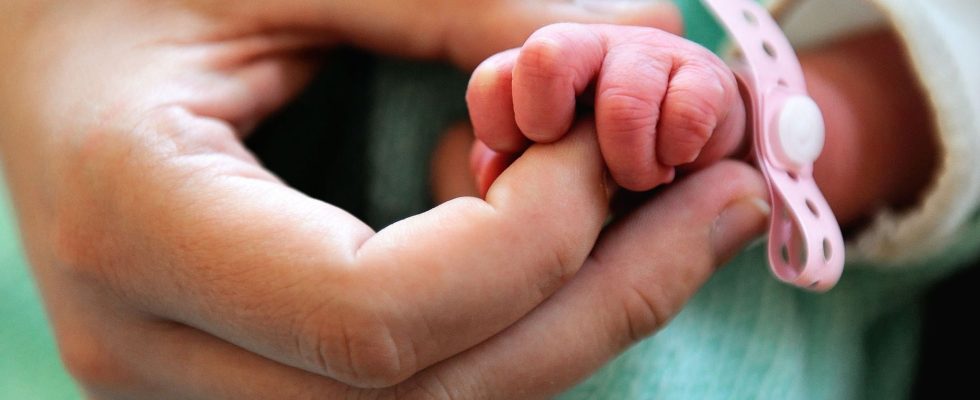Do women still have to choose between motherhood and career? In any case, various studies carried out on the subject show that being a mother has a negative influence on employment. And this, in any country in the world.
According to a new study carried out by The Economist, only 52% of women aged 25 to 54 are part of the active population – that is to say they are employed or unemployed -, compared to 95% for men belonging to the same age category. age. A gap which can be explained in particular, according to the researchers at the London School of Economics and Princeton University who carried out the study, by the “maternity penalty”. This concerns the difficulties for a woman in re-entering the job market after giving birth.
On average, 24% of women leave the workforce in the first year after the birth of their first child, reports the British magazine. Five years later, 17% are still absent. After ten years, 15% have still not found work, according to the study.
Changes in the organization of women’s work
These difficulties concern all professions. In France, according to a INSEE study published in 2020, female workers are particularly penalized: only 54% of those with family responsibilities are employed, while 74% of those with no dependent children are working.
For female executives, a birth implies a change in the organization of their work. Thus, 41% of female managers say they have reduced their working hours or changed their schedules to take care of their children. “The more women occupy a qualified job, the more they believe that being a parent has consequences on their work,” notes the statistics institute.
The effect of motherhood on employment is visible around the world, but it varies considerably from state to state. In developed countries, motherhood explains 80% of the gap between male and female participation in the labor market.
“We still make too many decisions where women are not hired because of their pregnancy, do not return to their position after returning from maternity leave, or whose trial period is ended because they are pregnant . It’s staggering and illegal,” regretted, in 2022, the Defender of Rights, Claire Hédon.
A finding of inequalities which persist, even though studies on the subject have multiplied in recent years. Already, in 2018, 84% of French women believed that motherhood had a negative impact on their career, according to a survey on parenthood at work carried out by the High Council for Professional Equality.
Salary “dropout”
Motherhood also weighs on women living in middle-income countries. In Latin America, for example, 38% of working women leave their jobs after giving birth, and 37% are still out a decade later.
In the poorest countries, on the other hand, motherhood explains only 10% of the gap between male and female employment rates. In these states, “women tend to leave the labor market upon marriage, generally well before the birth of their first child,” says The Economist.
Motherhood also proves to be a brake on salary progression and accentuates the income gap between men and women. According to one study published in February 2019 by INSEEfocused on the French private sector, “the birth of a child coincides with a drop in salary for mothers, but not for fathers”.
And this trend increases over the course of one’s career: “the salary gap between women and men increases significantly over the course of their lives, and in particular when they have children.” Indeed, if the salary gap between the two sexes remains around 7% at all ages for employees without children, it widens on average to 23% between men and women with children.
Following a birth, the statistics institute also observes a salary “dropout”. Thus, the salary of mothers falls on average by 2% to 3%, while that of fathers, with equal skills in the same company, increases by 3%. The gap widens over time between men and women, with mothers earning 11% less than fathers at age 25, but 25% less at age 45.
Incentives
In many countries, governments have put in place incentives intended to enable mothers to re-enter the labor market. Starting with France, where Emmanuel Macron announced, during his press conference at the Elysée on January 16, the transformation of parental leave into “birth leave”, which will be “shorter” but “better paid”.
In Canada, in 2021, the executive began offering subsidized childcare services for “only” 10 Canadian dollars (around 6.90 euros) per day, we learn The Economist.
In South Korea – a country with the lowest birth rate among members of the Organization for Economic Co-operation and Development (OECD) – the government is currently distributing $518 per month (€491) until the child reaches the age of one, or €5,892. This monthly aid should reach 740 dollars (702 €) in 2024, or a total check of 8,400 €.
Five years after the implementation of such measures in a country, women’s participation increases on average by 4%, according to a World Bank study published in 2023. At this rate, according to the World Economic Forum, it would take another 170 years for the economic gender gap to be closed.
